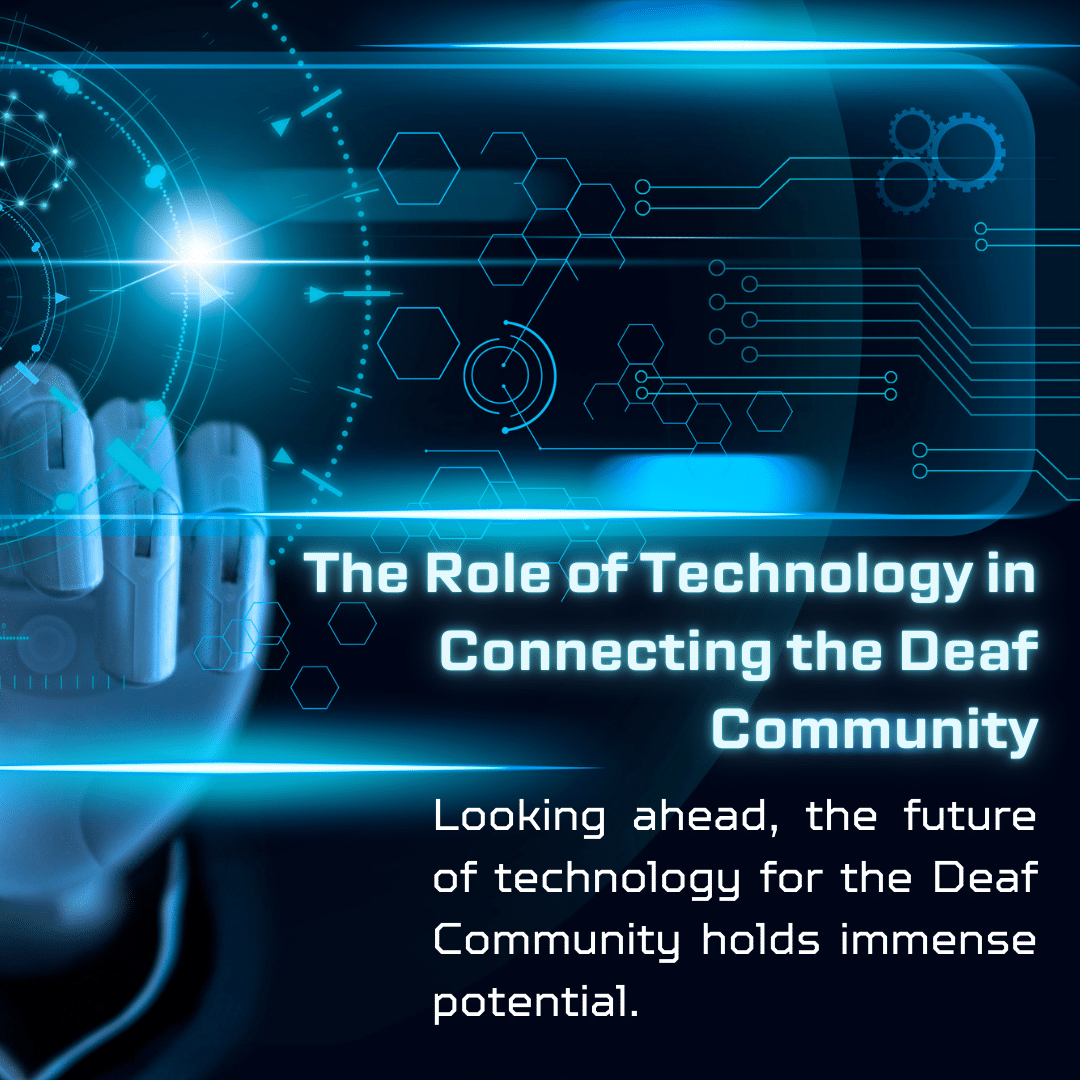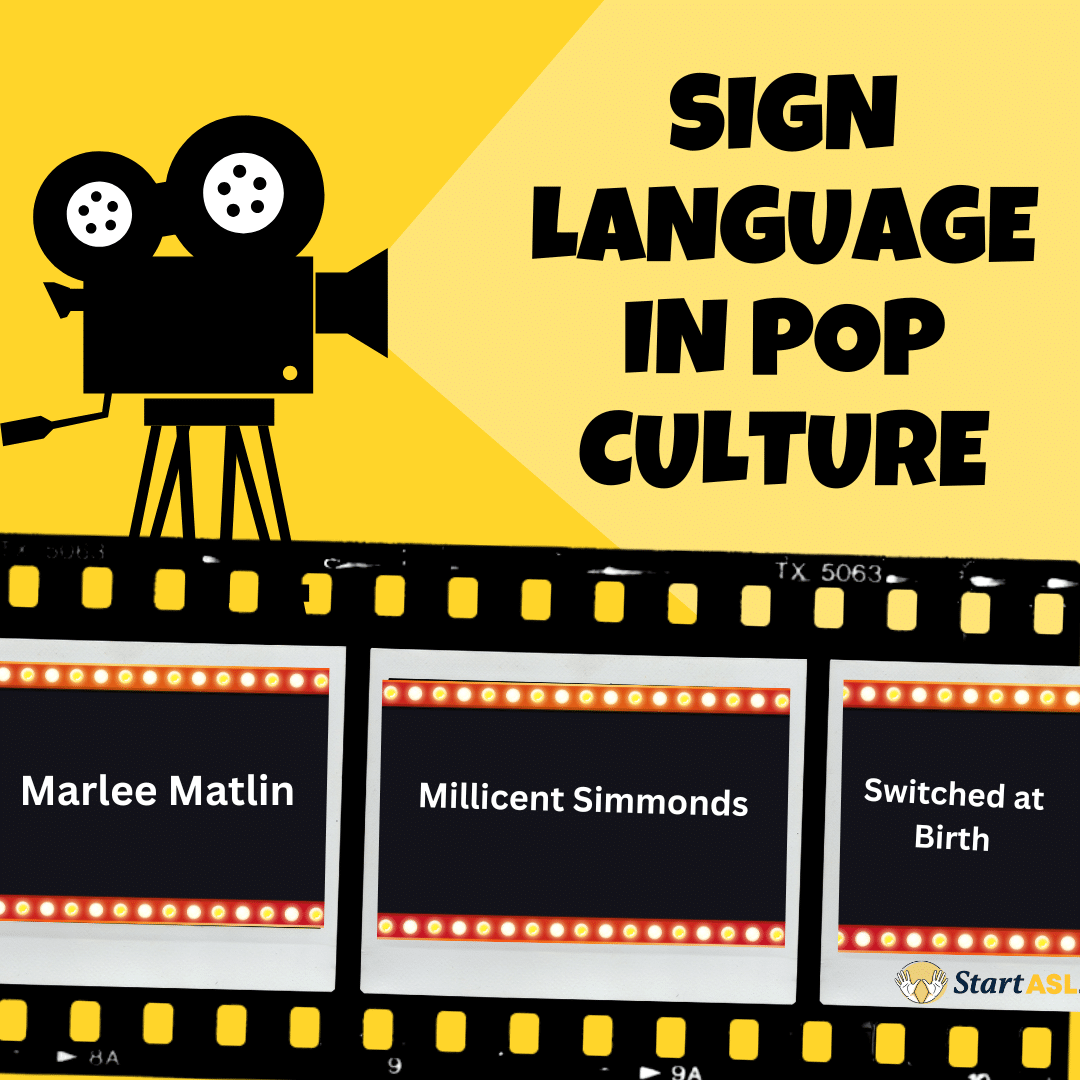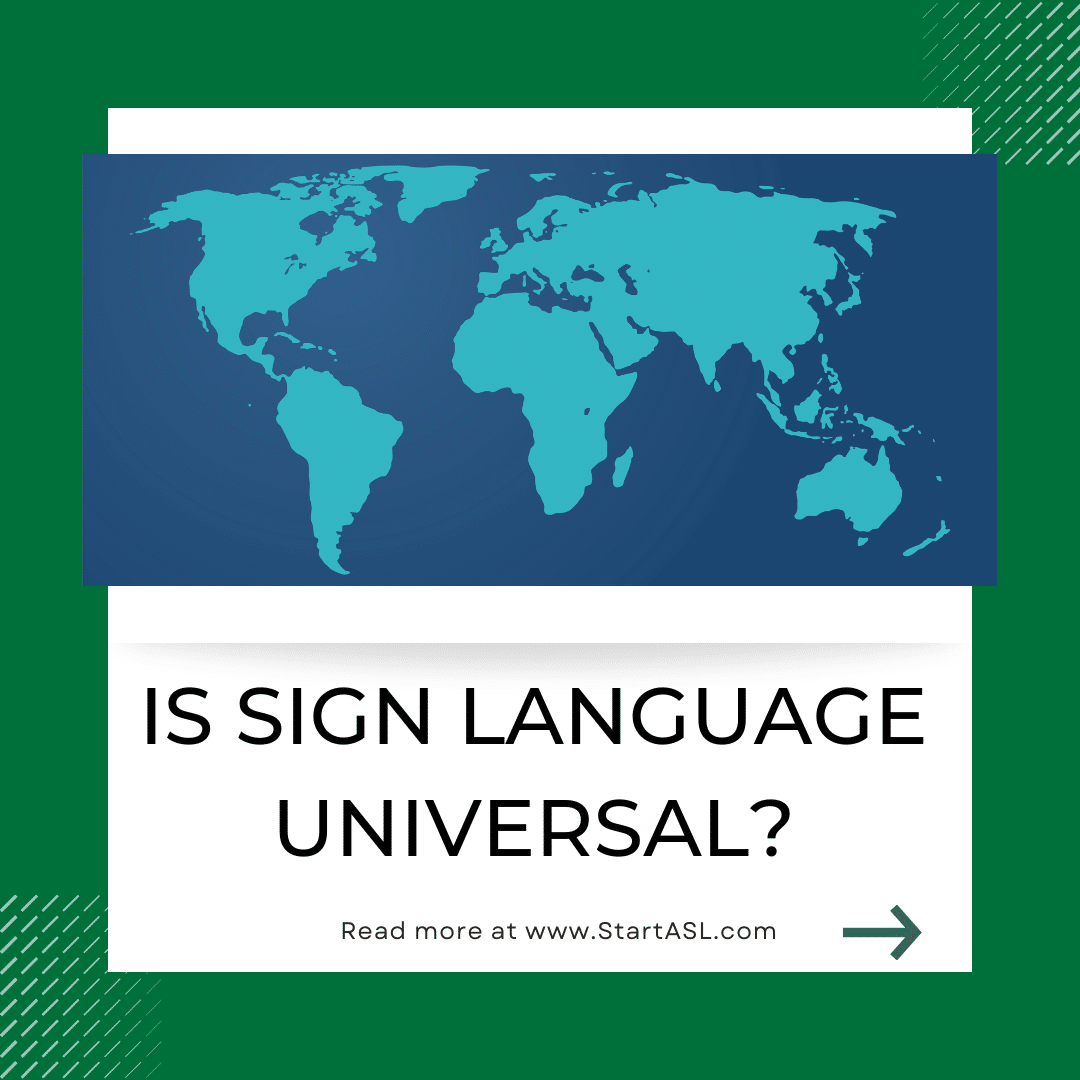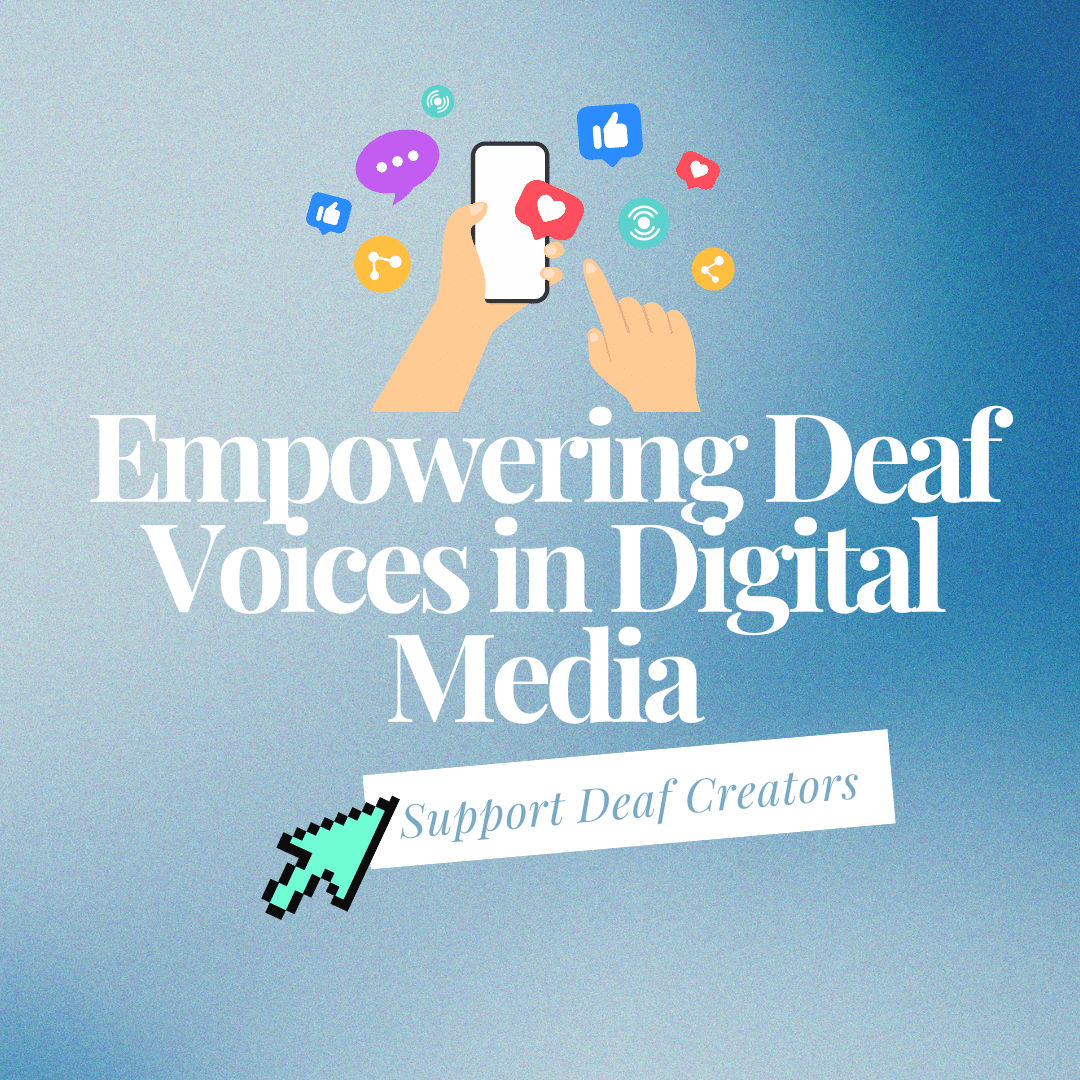
Deaf Schools Versus Mainstream Schools
- by Katelyn Cheng
- No Comments
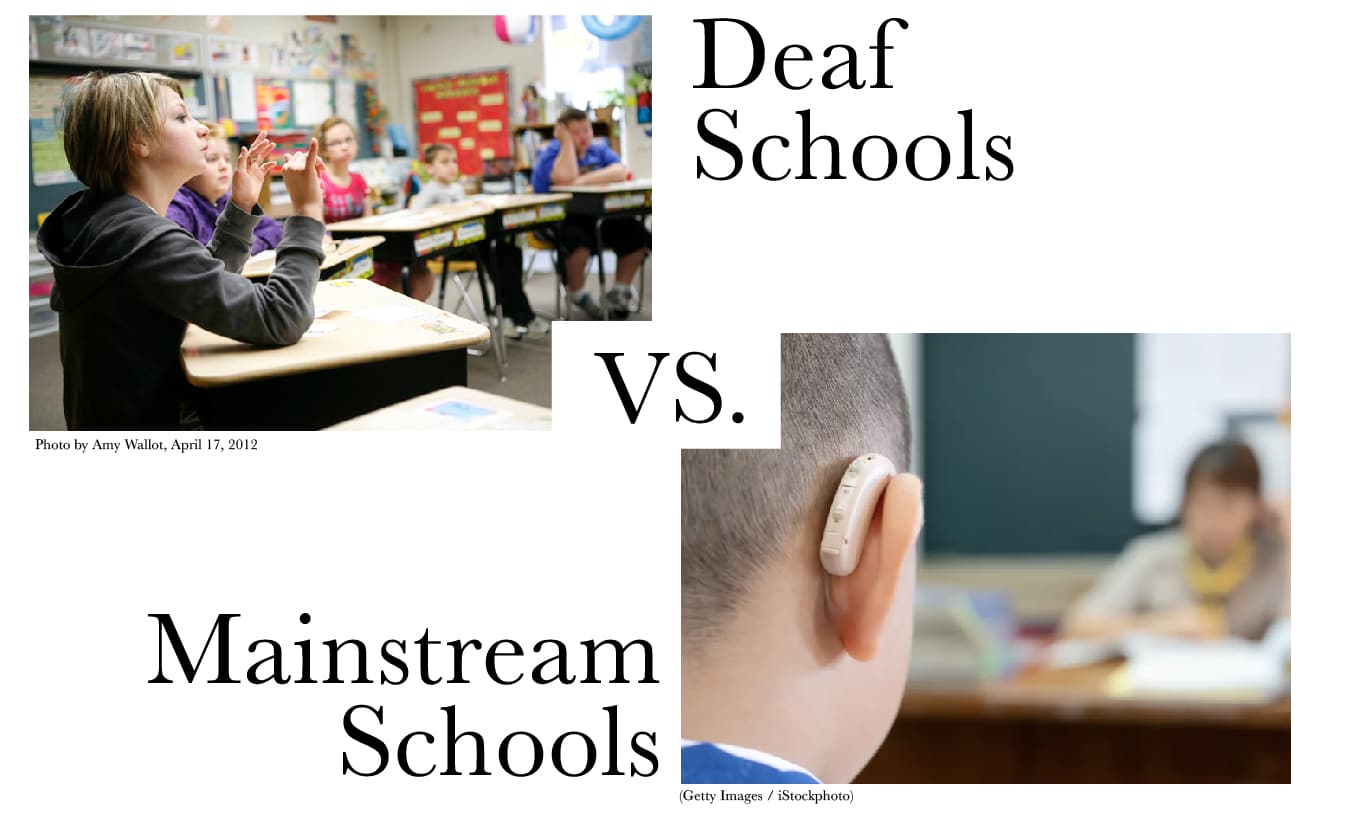
There are two different major types of schooling for Deaf people. Deaf schools also known as Deaf institutes are specially for Deaf students only. This means the communication and teaching are in American Sign Language (ASL) and all the students are Deaf. Mainstream schools means that deaf kids are put in classrooms with other hearing kids, and the communication and teaching are through hearing and talking. If the kids become deaf at a young age either from being born deaf or becoming deaf from an illness, it is up to the parents whether or not they want to put their kids in a deaf school or mainstream school. The decision also includes the kids learning ASL, total communication (using both signing and talking), or just speaking and hearing. There are deaf preschools and elementary schools for deaf kids, such as CEID (Center of Early Intervention on Deafness), located in Berkeley, CCHAT (Children Choice for Hearing and Talking), located in Sacramento, or Lafayette Elementary School, located in San Diego. There are Deaf universities such as Gallaudet University, Washington, D.C., National Technical Institute for the Deaf, Rochester, New York (NTID), The Southwest Collegiate Institute for the Deaf (SWCID), Big Spring, Texas, and California State University Northridge (CSUN), Northridge, California. These are examples of schools that Deaf people typically attend, but there are many more out there that I have not listed here. The lifestyle of Deaf students who attend Deaf schools and deaf people who went into mainstream education are distinctively different.
Deaf kids who attend Deaf institutes are typically raised in a generationally Deaf family. Their first language is ASL and they do not speak or hear whatsoever. They are deeply immersed in the Deaf community and the Deaf culture. This group of Deaf people are usually identified as Deaf with a capital “D”. On the other hand, deaf kids who are in mainstream education are typically raised in a hearing family and are oral. Their first language is spoken English. These deaf kids either have cochlear implants or hearing aids to help them hear. This group of people are usually identified as deaf with a lower case “d”. Read more about the difference between “D”eaf and “d”eaf. It can work both ways, if the deaf person grew up orally, they can still choose to learn ASL and join the Deaf community later on in life, but some may choose not to. On the other hand, there are some Deaf people who decide to get cochlear implants and learn to speak later on in life, but by the age of around 20 or 30, it is sometimes very hard to pick up speaking and hearing. Here are two articles that explain more in depth about cochlear implants: Part 1 & Part 2.
As soon as parents find out their kid(s) is(are) deaf, they have to make a quick decision to put them in a Deaf school and communicate in ASL, or implant them and put them in mainstream school with other hearing kids to avoid delay in language development. In the past, babies were only allowed to receive one cochlear implant, but nowadays, as soon as babies are diagnosed as deaf, they can immediately be implanted bilaterally, which means they are implanted on both ears at once. “U.S. Food and Drug Administration (FDA) approval to lower the age of cochlear implantation from 12 months to 9 months for children with bilateral, profound sensorineural hearing loss” (cochlear.com) and getting implanted bilaterally is crucial because without this, this can cause language deficiency for the deaf kids. Kids who are implanted bilaterally start learning the input of sounds and talking with both ears at a young age while the brain is still developing.


